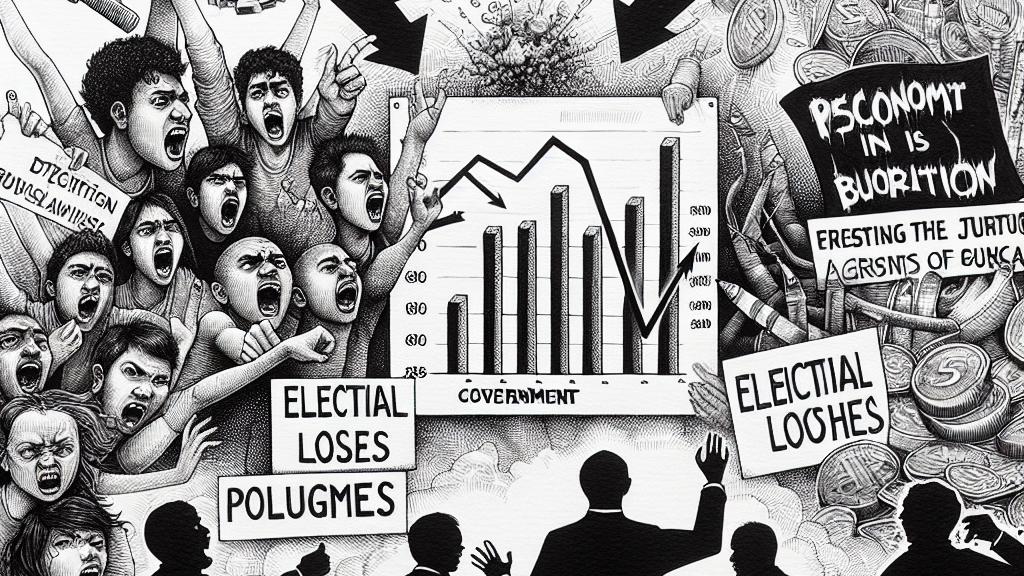Budget Blues: Modi's Job Gambit Amid Electoral Storm
Overview
- India's budget emphasizes creating jobs for its significant youth population.
- Modi's government faces pressure from electoral losses and coalition dynamics.
- Infrastructure development is integral to economic revitalization and job creation.

The Context of India's Budget
India's recent budget reveals a primary focus on job creation, particularly for the youth, who comprise around 65% of the population. This focus is critical as these young individuals express rising frustration over limited job opportunities against a backdrop of a recovering economy. Prime Minister Narendra Modi's government now faces substantial pressure to transform its electoral losses into actionable policies aimed at economic growth. Following a weakened parliamentary majority, the government is compelled to roll out initiatives that not only target immediate job creation but also strengthen local economies through strategic investments in various sectors.
Electoral Pressures and Coalition Governance Dynamics
Modi's third term as Prime Minister exemplifies the shifts in India’s political landscape, where coalition politics play a pivotal role in governance. The budget reflects an attempt to reconcile public discontent following recent electoral outcomes where the ruling party significantly lost its dominance. By prioritizing job creation and infrastructural development, especially in states governed by coalition partners, the Prime Minister appears to be strategically mending ties with the electorate. This focus highlights an understanding of the urgent need to address the aspirations of the rural majority, who have voiced concerns about being left behind in India's rapid economic growth over the last decade.
Challenges and the Path Ahead for Economic Growth
While the budget promises robust investments aimed at reviving India's economy, many challenges linger regarding the job market. The country’s economic landscape features stark contrasts between prosperous urban areas and impoverished rural regions, where income growth has stagnated. Infrastructure development can stimulate growth, yet translating these projects into real job opportunities for the masses requires meticulous planning and execution. Economists caution that a solely infrastructure-driven approach may lead to further disparities unless paired with efforts to tackle income inequality, labor market reforms, and enhanced support for the informal sector.
Long-Term Vision: Building an Inclusive Economy
Long-term, Modi's vision seeks to position India as a robust economy by its centenary of independence in 2047, termed 'Amrit Kaal'. Achieving this vision hinges on not just economic growth, but ensuring inclusivity in that growth. The budget outlines significant allocations towards technology, skill enhancement, and sustainable practices aimed at fostering green jobs. Structural reforms are also necessary to modernize educational systems, adapt labor laws to current realities, and enhance financial inclusivity. To cultivate a thriving economy that serves all demographics, including marginalized groups, India must effectively address the existing divides and implement a holistic and inclusive growth strategy.

Loading...